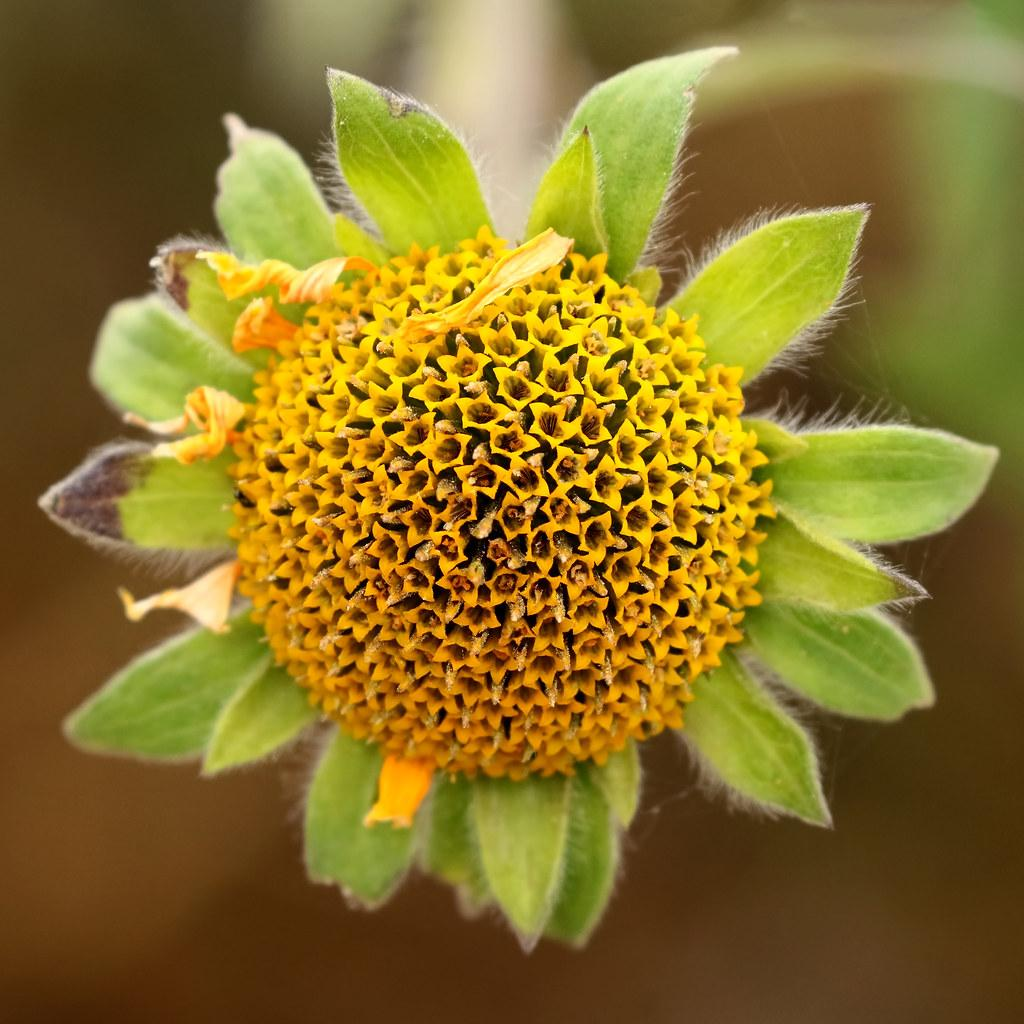
Which of the following characteristics is of family Asteraceae?
(A) Superior ovary, syngenesious, single basal ovule
(B) Inferior ovary, monadelphous, basal placentation
(C) Inferior ovary, syngenesious, axile placentation
(D) Syngenesious, basal placentation and epigynous
Answer
488.7k+ views
1 likes
Hint: Asteraceae is also known by the name compositae, aster. It is also called the sunflower family. It is the largest family of the flowering plants. This family includes thirteen subfamilies. Most of the crops under the family asteraceae have their dense heads which are surrounded by their bracts.
Complete Answer:
The plants that come under the asteraceae produce the fruit that have a single dry seed. These fruits are called the cypsela fruit.
- The stamens of these plants are syngenesious and epigynous in nature. The word syngenesious means the filaments are free and are not attached but the anthers are united.

- The ovary of these plants is bicarpellary, syncarpous and inferior in nature. That means they have the ovary which is below the petals and the sepals. The ovule is single and it is attached at the base, this is called by the name basal placentation.
- These plants also possess the head or capitulum inflorescence; it means a very large number of florets are arranged in the regular axis surrounded by the bracts which are involved in nature.
Thus, the option (D) is correct.
Note: The plants like basket flower, blanket flower, burdock, aster cardoon, daisy, sunflower, dahlia, dandelion, edelweiss, endive, ironweed, knapweed etc. comes under the family of the Asteraceae. It includes herbaceous plants, trees and the shrubs.
Complete Answer:
The plants that come under the asteraceae produce the fruit that have a single dry seed. These fruits are called the cypsela fruit.
- The stamens of these plants are syngenesious and epigynous in nature. The word syngenesious means the filaments are free and are not attached but the anthers are united.

- The ovary of these plants is bicarpellary, syncarpous and inferior in nature. That means they have the ovary which is below the petals and the sepals. The ovule is single and it is attached at the base, this is called by the name basal placentation.
- These plants also possess the head or capitulum inflorescence; it means a very large number of florets are arranged in the regular axis surrounded by the bracts which are involved in nature.
Thus, the option (D) is correct.
Note: The plants like basket flower, blanket flower, burdock, aster cardoon, daisy, sunflower, dahlia, dandelion, edelweiss, endive, ironweed, knapweed etc. comes under the family of the Asteraceae. It includes herbaceous plants, trees and the shrubs.
Recently Updated Pages
Master Class 9 General Knowledge: Engaging Questions & Answers for Success

Master Class 9 English: Engaging Questions & Answers for Success

Master Class 9 Science: Engaging Questions & Answers for Success

Master Class 9 Social Science: Engaging Questions & Answers for Success

Master Class 9 Maths: Engaging Questions & Answers for Success

Class 9 Question and Answer - Your Ultimate Solutions Guide

Trending doubts
State and prove Bernoullis theorem class 11 physics CBSE

What are Quantum numbers Explain the quantum number class 11 chemistry CBSE

Who built the Grand Trunk Road AChandragupta Maurya class 11 social science CBSE

1 ton equals to A 100 kg B 1000 kg C 10 kg D 10000 class 11 physics CBSE

State the laws of reflection of light

One Metric ton is equal to kg A 10000 B 1000 C 100 class 11 physics CBSE




